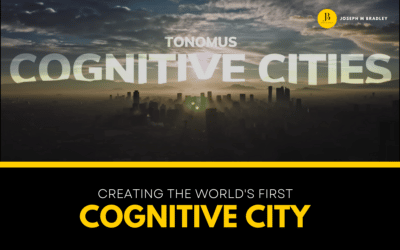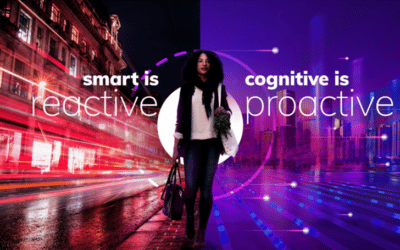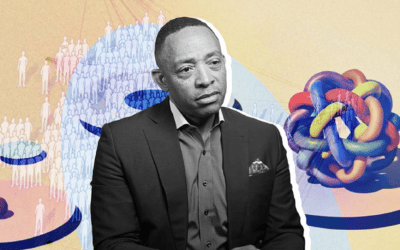Today, if you are not creating value through digital business, you are falling behind.
But capturing that value demands three core capabilities. Your business must be hyper relevant (with a customized and contextual customer experience); frictionless (that is, fast and efficient); and expanding its community (accessing talent and resources through crowd sourcing and an expanded ecosystem).
What do these capabilities have in common? They all create value through insight—those nuggets of actionable intelligence locked up in countless terabytes of data.
I believe that insight has become the core currency of the 21st century. But in my opinion, too many organizations continue to manage it badly. The main culprit? Outmoded Enterprise Resource Planning (ERP) strategies.
ERP was created to help companies deal with their expanding troves of data, which is a noble enough idea—except that it’s tapped out.
ERP was all about getting the data in the system. It assumed that the data was correct and the world would forever drive value through “query.” This assumption worked great as long as the data was all in the same context. Today, however, wildly varying data flows are the norm—contextual data, machine data, video, mobile, qualitative, quantitative, all of which is raw and enormous.
Querying and cleaning all that data becomes a nightmare. At least, that is, with current ERP systems. And digital transformation—to meet the new challenges—becomes a drawn-out process, demanding outside consultants and straining company cultures and bottom lines.
But what if you could find a solution that handles the complexities while charging only for the results you want to drive with data?
To me, data management is like building a home. Current ERP systems represent only the tools and resources behind the house (wood, steel, tile, etc.), and the consultant ecosystems represent the carpenters. However, you don’t want tools or carpenters, you want a house.
I’m fortunate to be part of the solution to the current ERP problem—that is, selling the house, not the tools and the workers. To do that, the solutions-provider segment must transform into an Outcome-as-a-Service model. That means selling the results from data integrity and insight.
To do this, Outcome-as-a-Service providers must first tackle the three T’s of ERP challenges:
Technology
With the advances of just the last few years in computing power AI, IOT, analytics, robotics, cloud, and so on, we are now ingesting vast amounts of data—and from an ever-expanding number of sources. Many ERP systems were built to handle data from a limited amount of sources. Today, all of that data from myriad sources needs to be cleaned and verified to ensure data integrity, which must extend to the full journey of your data, with visibility at every stage—including how it was ingested and any processing to put it into a usable format. Just as you have an NOC (network operating center), you also need a DOC–Data operating center.
Tradition
ERP was built around a traditional model in which the solution was designed simply to ingest the data. It then relied on a series of consultants and dev shops to create solutions, without ownership of the ultimate goal. In other words, this system provides no connection between paid activities and results. So, over the years, the system fed itself despite the fact that it was not the most efficient or economical one. It also did not always result in effective solutions even after vast investments in time and money. Even worse, the business itself assumed all of the risk.
Time
In the business world, time has gone from ticking clocks to warp drive. Top companies are driven to extinction faster than ever. And digitized startups scale to vast proportions in months not years. Today, a market leader can be disrupted in practically the blink of an eye, by competitors that arise seemingly from nowhere. A bookseller like Amazon can become a cloud giant. A computer maker like Apple can disrupt music, phones, and video. And a car company like Tesla, can set its sights on the utilities industry.
When I think about these three challenges, I’m amazed that the current ERP model hasn’t been disrupted sooner. As Einstein said, the definition of insanity is doing the same thing over and over, while expecting a different outcome. He could have been speaking about ERP.
In my next blog, I’ll talk a bit about Uptake—why I joined the company, and how we are embracing Outcomes as a Service to take on Technology, Time, and Tradition in exciting new ways.





